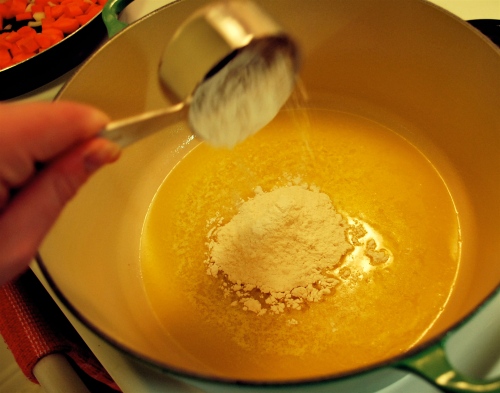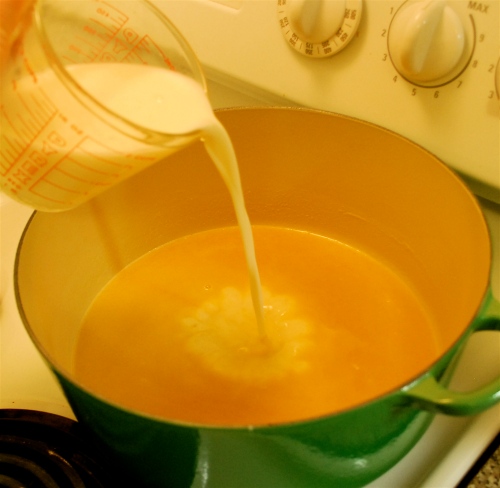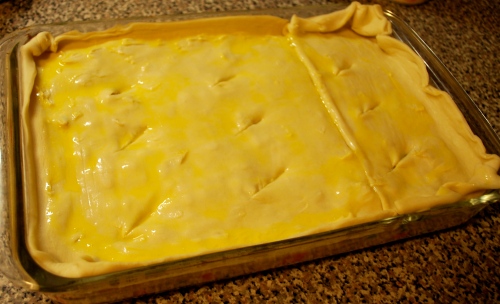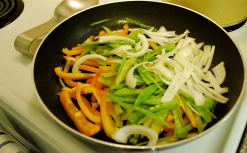Finally, I have decided to be creative in the kitchen without doing more baking. But you can certainly tell what I like to eat and therefore what I like to cook. One of the biggest challenges that I have cooking for The Critic and I is that he doesn’t like gravy, and I do. This means that I can’t braise chicken or make pork chops with a mushroom sauce. This makes me very sad indeed. However, he asked me to be a bit adventurous (in the kitchen) and jazz up our usual roasted chicken breasts with mashed potatoes. So I did!
I decided to do my take on the classic Chicken with 40 Cloves of Garlic – paring it down to a perfect meal for 2. I used 2 chicken breasts instead of a whole chicken and about a third of the classic amount of garlic. This meal turned out to be a perfect combination of chicken the way The Critic likes it, plus a sauce that I was able to use as gravy for my mashed potatoes! Enjoy!
Roasted Garlic Chicken
1 tbsp oil
2 boneless, skinless chicken breasts
1 head garlic, peeled but not crushed
½ cup white wine
½ cup chicken broth
¼ tsp thyme
¼ tsp sage
¼ tsp salt
¼ tsp rosemary
¼ tsp black pepper
In a large frypan, heat oil over medium-high heat. Add chicken breasts and cook until browned on all sides. Place chicken in an oven-proof casserole dish.
Add garlic to the pan and cook until all sides are browned. Add wine, chicken broth and herbs. Bring to a boil. Pour over chicken.
Cover chicken and liquid and cook in a 375°F oven for 25 – 30 minutes or until chicken registers 180°F on a meat thermometer.
When chicken is cooked, pour cooking liquid into a frypan. Crush garlic and bring gravy to a boil and reduce to about half. Serve gravy over chicken and mashed potatoes.
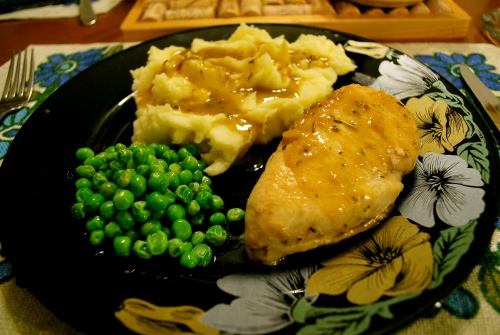

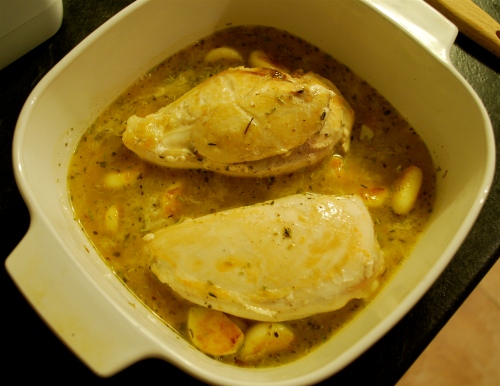


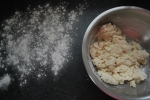
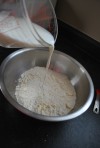
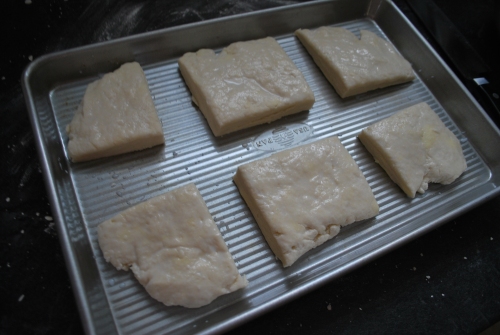

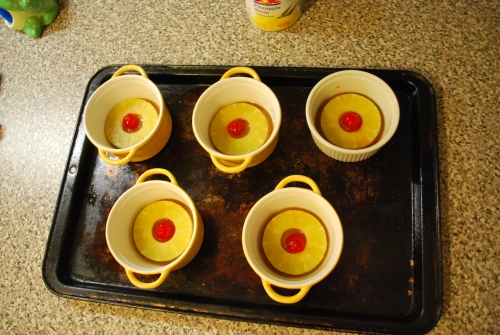

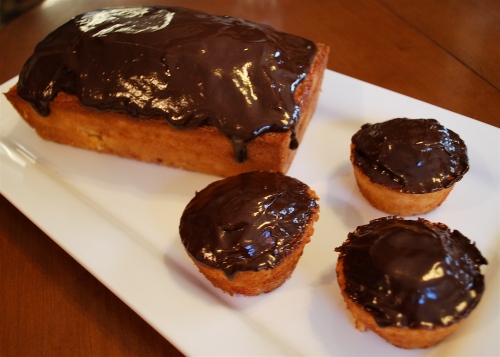

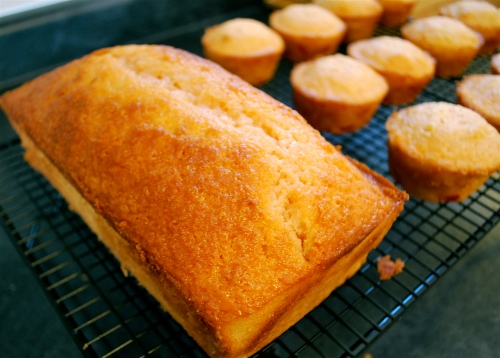
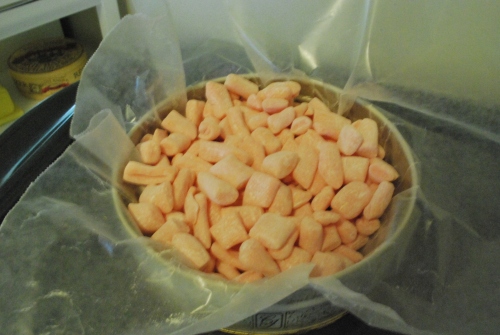
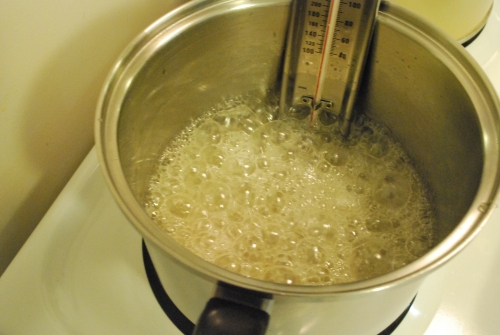
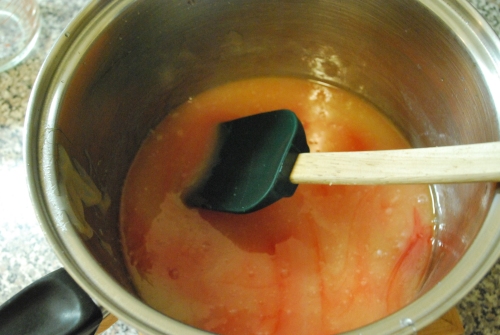
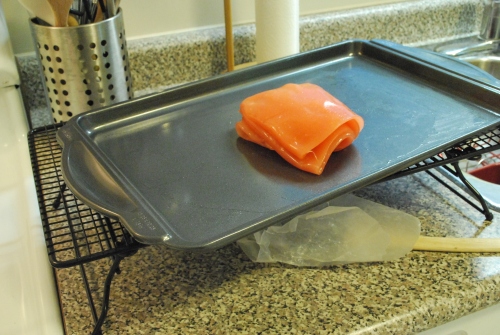
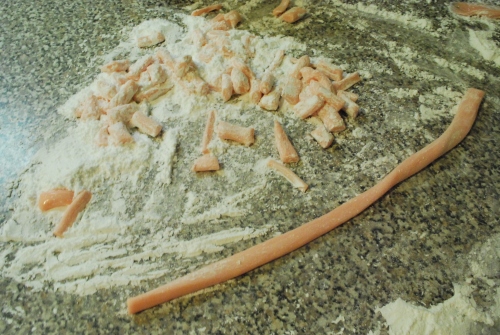
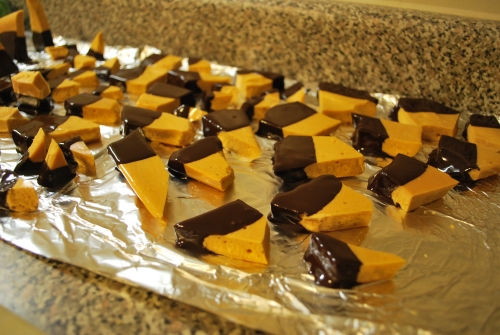
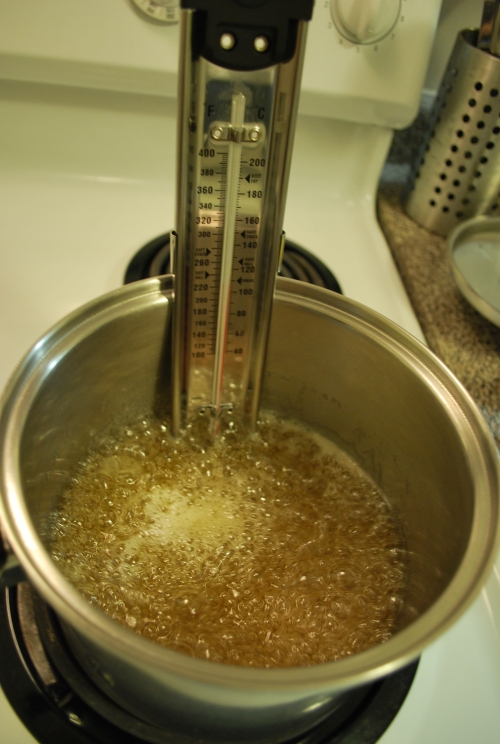
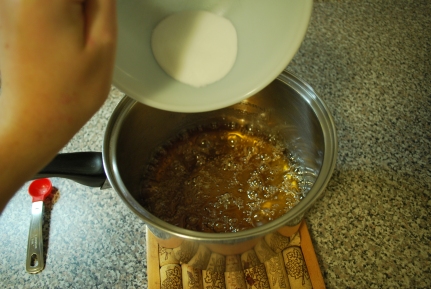


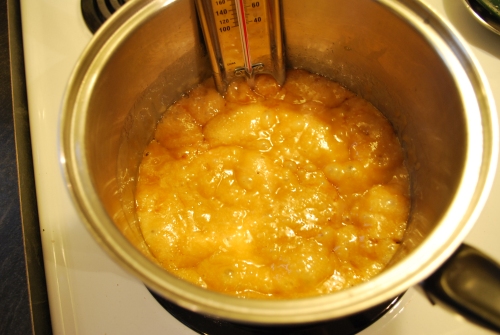
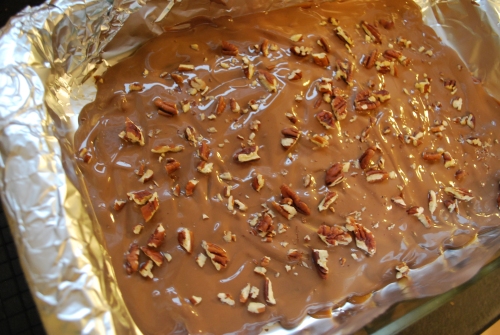
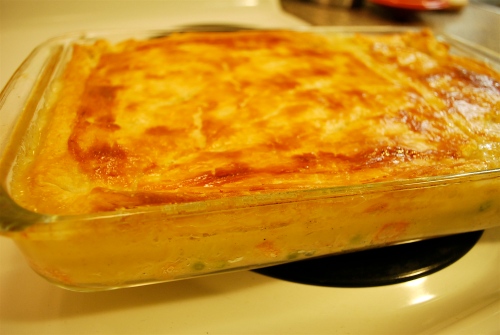 One of the greatest part about this blog is that it’s name worked so beautifully into where The Critic and I lived. At the end of November, this was disrupted and we moved to a new city – Sarnia, Ontario. It is just down the 402 highway from London, but we are no longer living on Waterloo St, so I am no longer Cooking for Two on Waterloo. But I am Cooking for 2 At Two-Twenty Two. The number of the house that we moved into fit in beautifully with my “Cooking for…” title. So here we are at Two-Twenty Two and I am still cooking for the 2 of us and still sharing the recipes I make!
One of the greatest part about this blog is that it’s name worked so beautifully into where The Critic and I lived. At the end of November, this was disrupted and we moved to a new city – Sarnia, Ontario. It is just down the 402 highway from London, but we are no longer living on Waterloo St, so I am no longer Cooking for Two on Waterloo. But I am Cooking for 2 At Two-Twenty Two. The number of the house that we moved into fit in beautifully with my “Cooking for…” title. So here we are at Two-Twenty Two and I am still cooking for the 2 of us and still sharing the recipes I make!